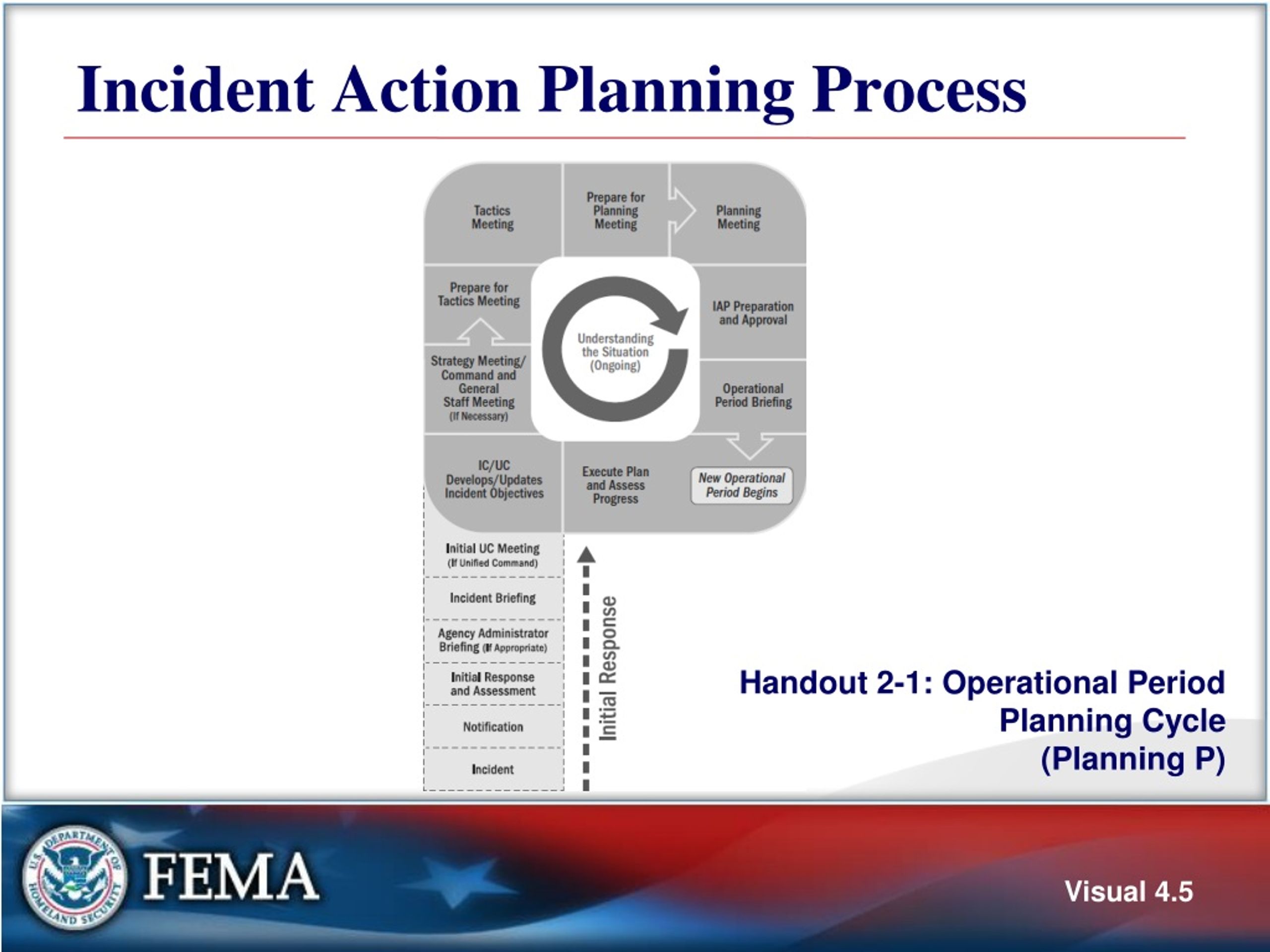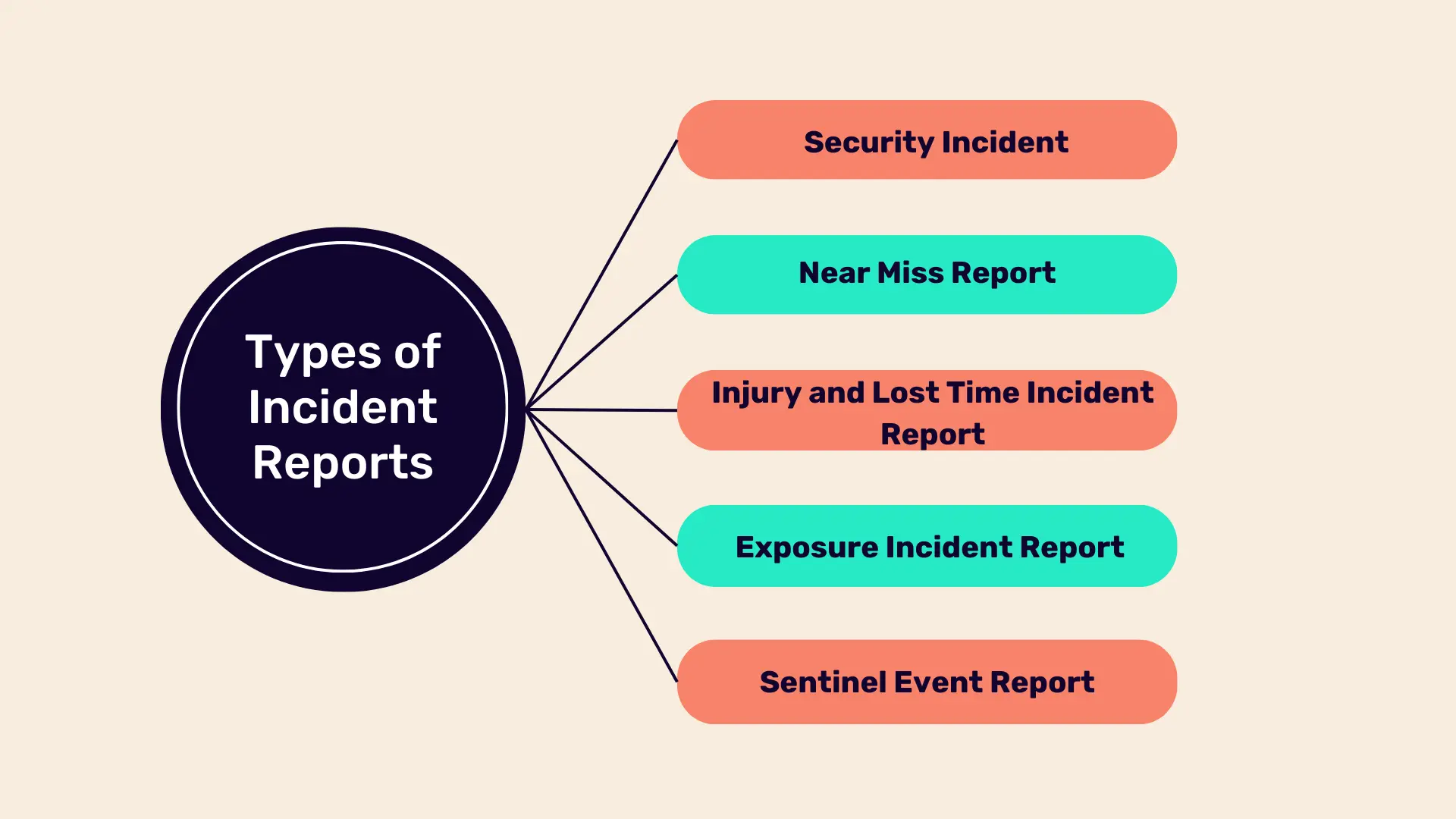Which Incident Type Is Limited To One Operational Period
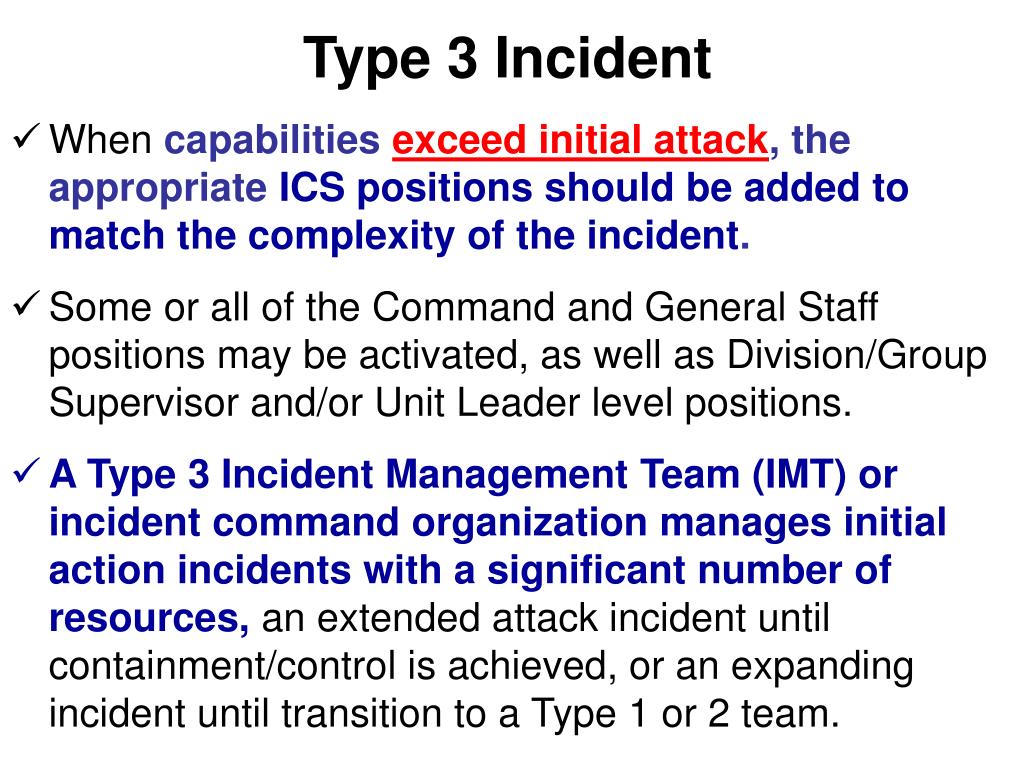
Imagine a crisp autumn morning. The air smells of woodsmoke and damp earth. A local volunteer fire department is battling a brush fire that flared up overnight in the nearby state park. Helicopters churn overhead, dropping water on the hotspots, while ground crews, faces smudged with soot, hack away at the undergrowth, trying to contain the blaze before the wind shifts.
This is just one example of the countless incidents that emergency responders tackle every year. However, not all incidents are created equal, especially when it comes to operational planning. This article will delve into the incident type specifically limited to a single operational period, exploring its characteristics and significance within the broader context of incident management.
Understanding Incident Complexity
The world of emergency management is a complex ecosystem. It's built upon standardized systems and protocols designed to ensure effective and coordinated responses to a wide array of incidents. From minor traffic accidents to large-scale natural disasters, clear communication and efficient resource allocation are paramount.
A critical element in this system is the categorization of incidents based on their complexity. This categorization guides the level of resources, planning, and management required for a successful resolution. The National Incident Management System (NIMS), a standardized framework adopted across the United States, provides a common language and organizational structure for incident management.
According to NIMS, incidents are generally classified into five types. These types are based on factors such as the resources needed, the organizational structure required, and the duration of the incident.
Incident Types: A Quick Overview
Let's briefly outline the general incident types, setting the stage for focusing on the specific type we’re interested in: Type 5 incidents are the least complex and handled with minimal resources.
Type 4 incidents require more resources, but remain within the capabilities of the local jurisdiction. Type 3 incidents might extend beyond a single operational period and require resources from outside the immediate jurisdiction.
Type 2 incidents are more complex, often involving multiple agencies and a longer operational duration. And finally, Type 1 incidents are the most complex, demanding national resources and highly structured incident management teams.
The Single Operational Period Incident: Type 5
So, which incident type is inherently limited to one operational period? The answer is Type 5. These incidents are the simplest and quickest to resolve. They demand minimal resources and are often handled within a few hours.
Think of a small car accident on a quiet street, a minor medical emergency at a local event, or a contained kitchen fire in a private residence. These are all examples of incidents that typically fall under the Type 5 classification. These events are typically contained within a single operational period.
An operational period, in incident management terms, refers to the scheduled time during which designated operational activities occur. For longer incidents, operational periods are often set at 12-hour intervals, but for Type 5 incidents, the entire event transpires within a shorter timeframe.
Characteristics of Type 5 Incidents
Several key characteristics distinguish Type 5 incidents from other, more complex events. First, they require minimal organizational structure. Often, a single supervisor or a small team can effectively manage the situation.
Secondly, they demand limited resources. Usually, the resources available within the immediate vicinity are sufficient to address the incident. Mutual aid or external assistance is rarely needed.
Thirdly, their impact is localized. The effects of a Type 5 incident are typically contained to a small area and do not pose a widespread threat to the community.
Finally, their resolution is swift. The incident is usually resolved within a single operational period, often lasting only a few hours.
Why is Understanding Type 5 Incidents Important?
You might wonder, "Why focus so much on these seemingly minor incidents?" While Type 5 incidents may not grab headlines like major hurricanes or wildfires, they form the bedrock of emergency response.
Effectively managing these smaller events builds confidence and competence within local response agencies. It also ensures that more complex incidents are not bogged down by easily resolvable issues. Furthermore, proficiently handling Type 5 incidents contributes to overall community safety and resilience.
A well-managed system that can quickly address small incidents prevents them from escalating into larger, more resource-intensive problems. Imagine a small brush fire, if not quickly contained, could rapidly spread and become a Type 3 incident, requiring significant resources and posing a greater threat.
Real-World Examples and Implications
Let's consider a few more concrete examples. A minor fender-bender in a parking lot. This requires police to file a report and ensure the vehicles are safely moved. A burst water pipe in a small office building is another example.
The maintenance crew quickly isolates the leak and repairs the pipe. These events, while disruptive to those immediately involved, are resolved quickly and with minimal outside assistance.
The efficient management of Type 5 incidents hinges on clear communication, well-defined protocols, and adequately trained personnel. Local agencies need to have the resources and procedures in place to quickly assess, contain, and resolve these events.
This includes ensuring that dispatchers are able to accurately assess the situation and dispatch the appropriate resources. It also means that first responders have the training and equipment necessary to handle a wide range of minor emergencies.
The Bigger Picture: Building a Resilient Community
The ability of a community to effectively handle Type 5 incidents is a reflection of its overall preparedness and resilience. A community that invests in training, equipment, and clear communication channels is better positioned to respond to emergencies of all sizes.
Moreover, strong community partnerships are crucial for effective incident management. Local businesses, non-profit organizations, and volunteer groups can all play a role in supporting emergency response efforts.
These partnerships can provide valuable resources, such as personnel, equipment, and logistical support. They can also help to build trust and cooperation between the community and emergency response agencies.
Understanding the nuances of different incident types, including the characteristics of Type 5 incidents, is vital for anyone involved in emergency management. It allows for more efficient resource allocation, improved communication, and ultimately, a more effective response.
By focusing on the foundational elements of incident management, like successfully resolving Type 5 incidents, communities can build a stronger and more resilient safety net for all.
So, the next time you see a first responder assisting someone with a minor issue, remember that they are part of a larger system, one that is designed to protect and serve the community, one incident at a time.
Often, it's these smaller, less visible acts of service that contribute most significantly to our collective well-being. It's the quiet competence, the efficient response, and the dedication to duty that truly make a difference.

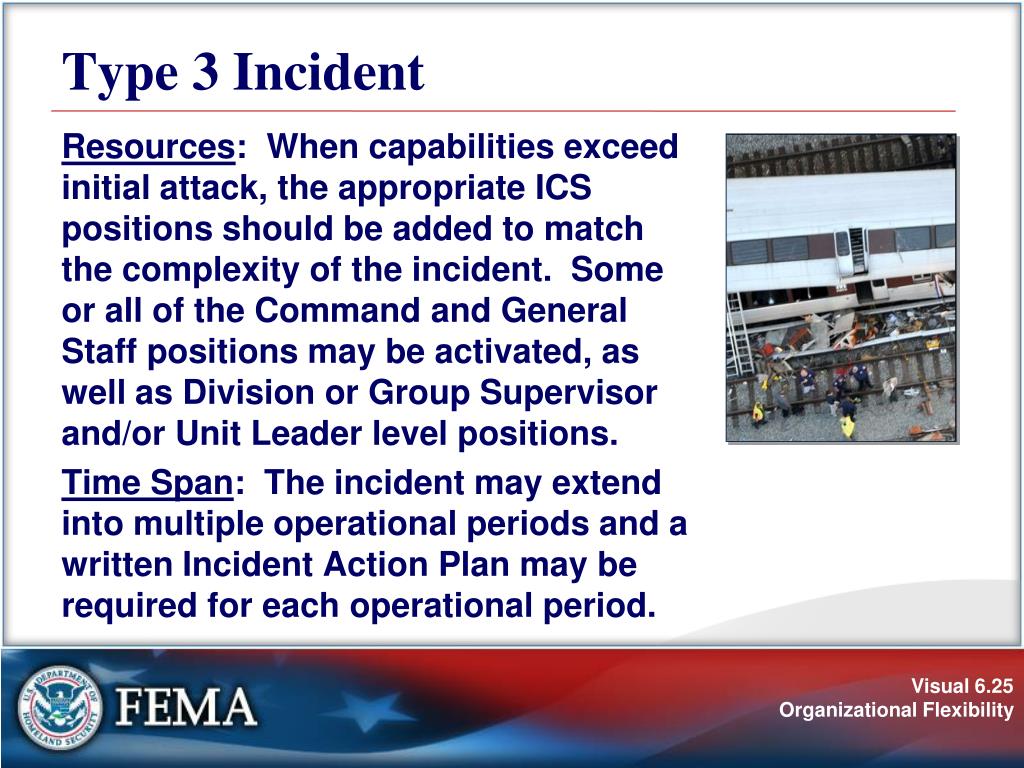

![Which Incident Type Is Limited To One Operational Period Which Incident Type Is Limited to One Operational Period? [Answer]](https://images.pexels.com/photos/3280211/pexels-photo-3280211.jpeg)
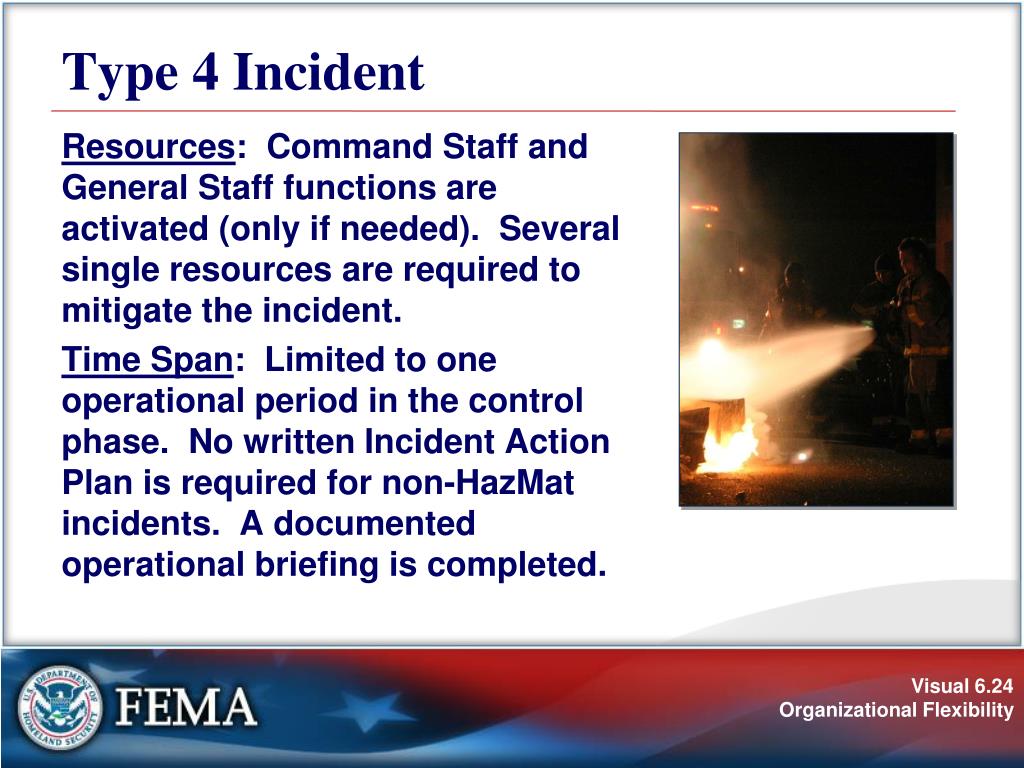
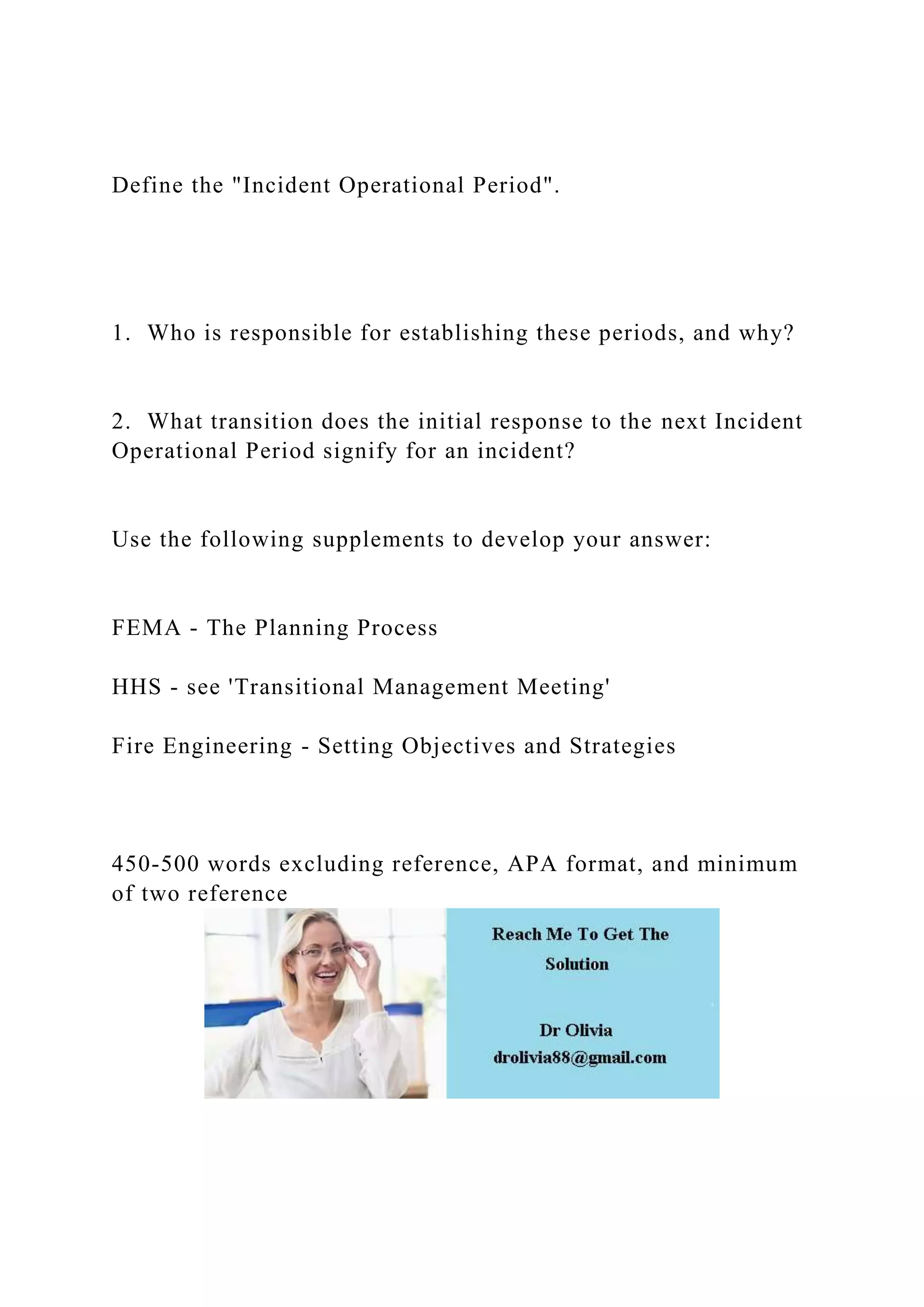
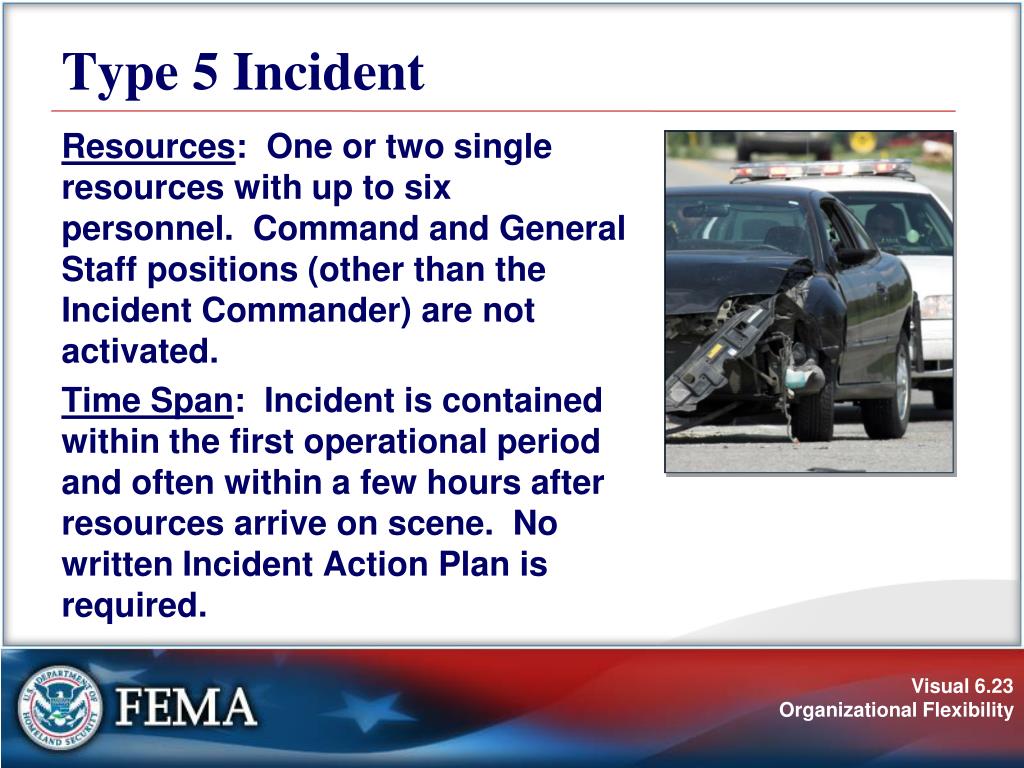
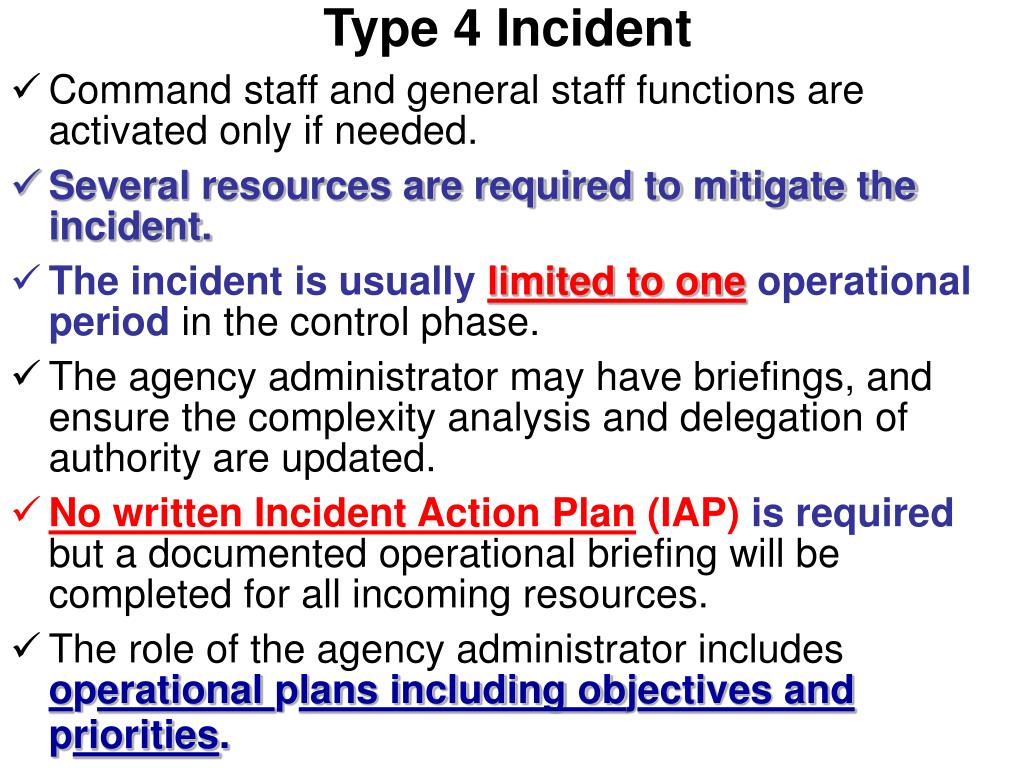

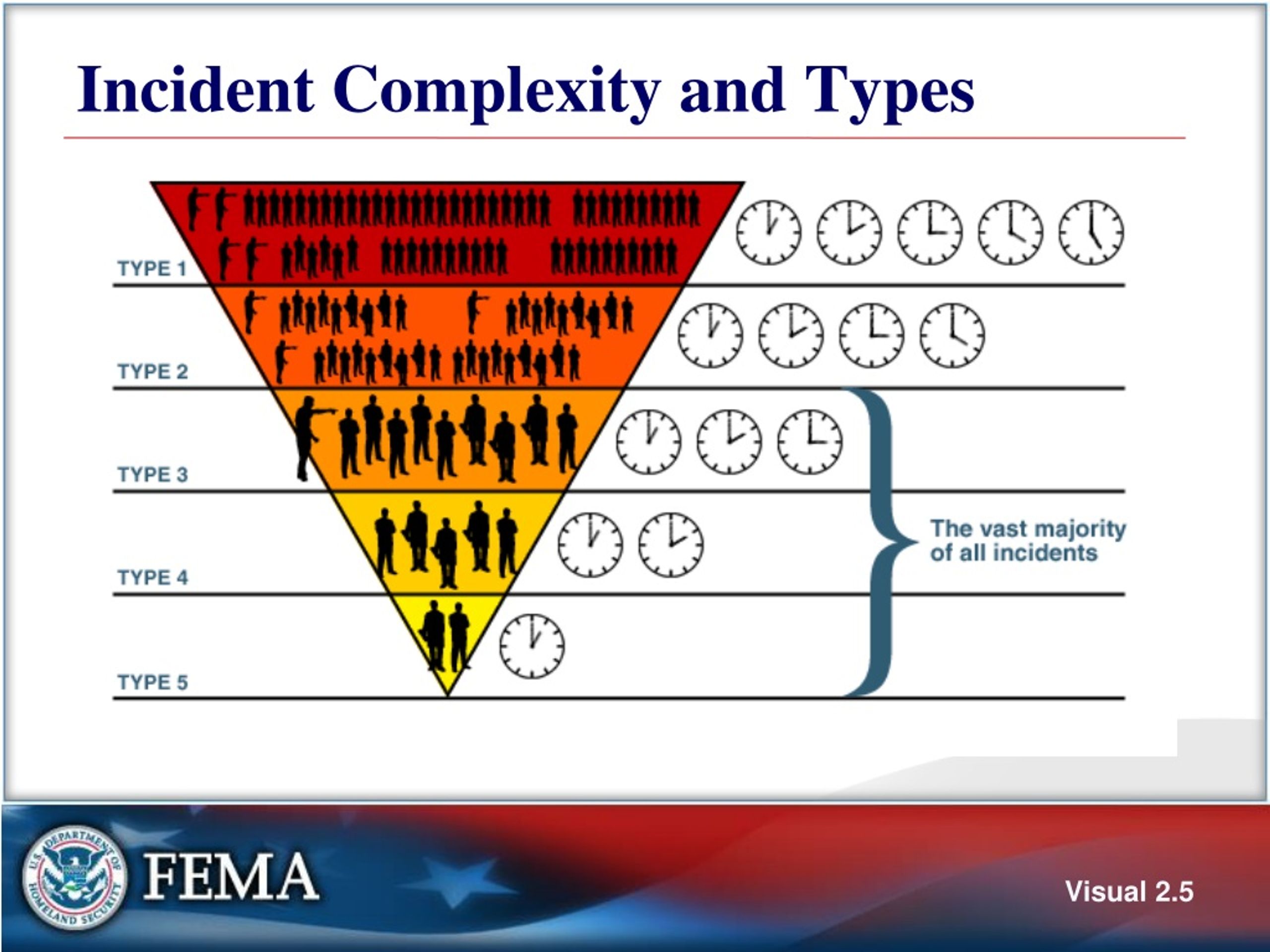



![Which Incident Type Is Limited To One Operational Period Which Incident Type Is Limited to One Operational Period? [Answer]](https://images.pexels.com/photos/4614166/pexels-photo-4614166.jpeg?auto=compress&cs=tinysrgb&w=1434)
